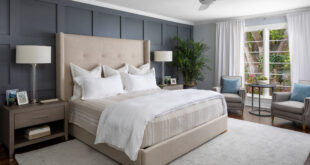Unveiling the Allure of Modern Minimalist Living Rooms
The modern minimalist living room. Just the phrase conjures images of sleek lines, uncluttered spaces, and a sense of serene calm. It’s a design philosophy that’s more than just a trend; it’s a lifestyle choice. It’s about intentional living, about surrounding yourself only with what you truly need and love. It’s about creating a sanctuary from the chaos of the outside world, a space where you can truly relax, recharge, and reconnect.
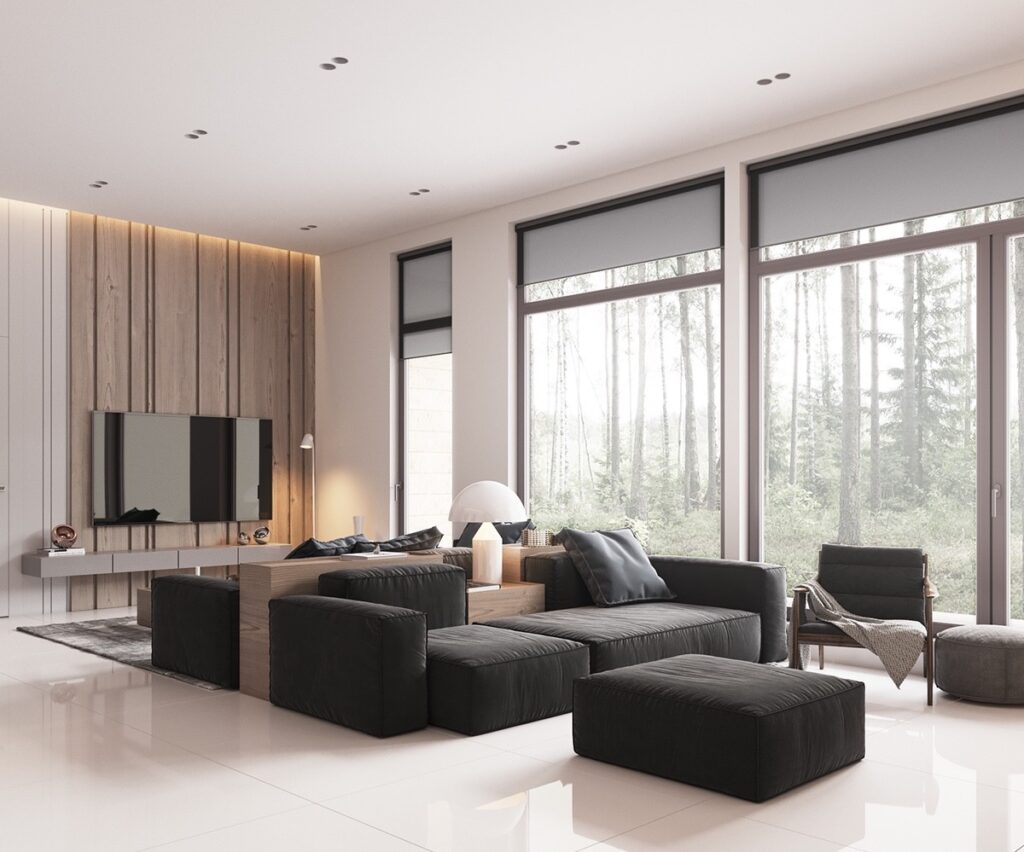
But achieving that perfect minimalist aesthetic isn’t always as simple as throwing out all your possessions. It requires careful planning, thoughtful selection, and a deep understanding of the principles that underpin this design style. It’s about creating a space that is both beautiful and functional, a space that reflects your personal style while adhering to the core tenets of minimalism.
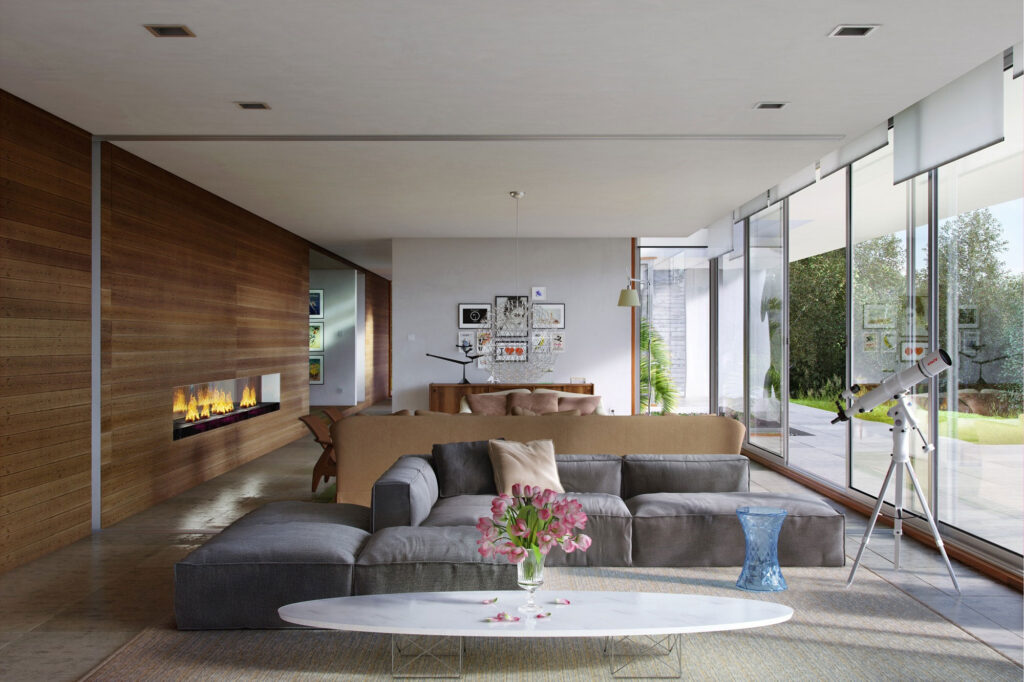
This comprehensive guide will walk you through every step of the process, from understanding the foundational principles of minimalist design to selecting the perfect furniture, colors, and accessories. We’ll explore how to create a space that is not only visually appealing but also promotes a sense of well-being and tranquility. We will delve into the nuance of negative space, the importance of natural light, and the art of decluttering – all crucial components in achieving a harmonious minimalist living room.
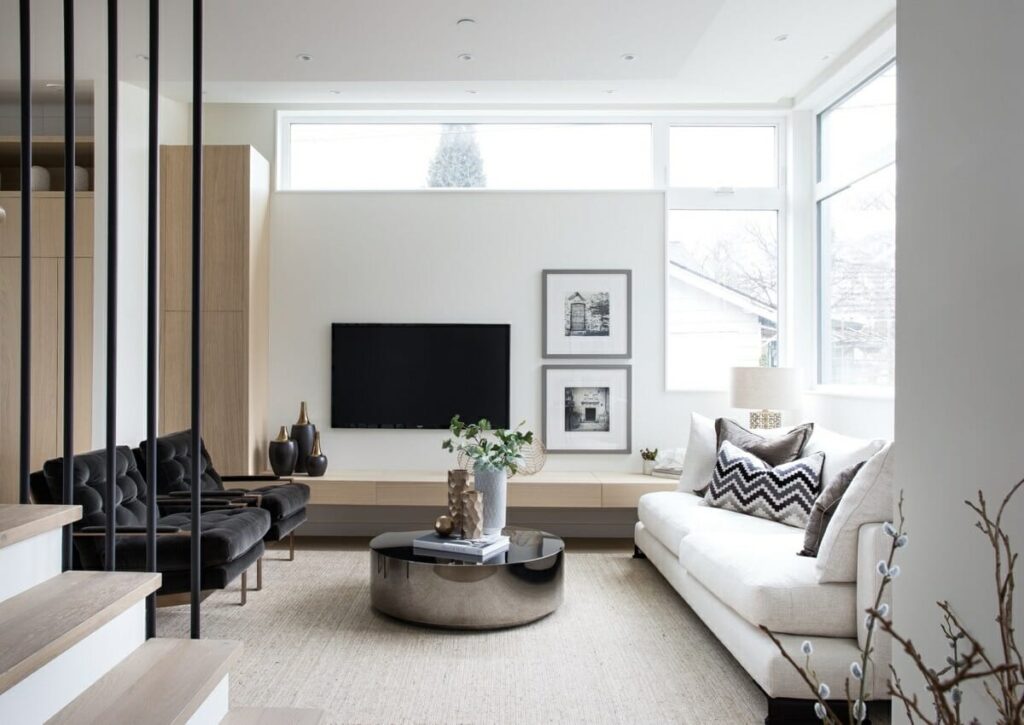
The Foundational Principles of Minimalist Design
Before diving into specific design elements, let’s first establish a firm understanding of the principles that guide minimalist design. These principles are the foundation upon which any successful minimalist living room is built. They’re not just guidelines; they’re the very essence of the style.
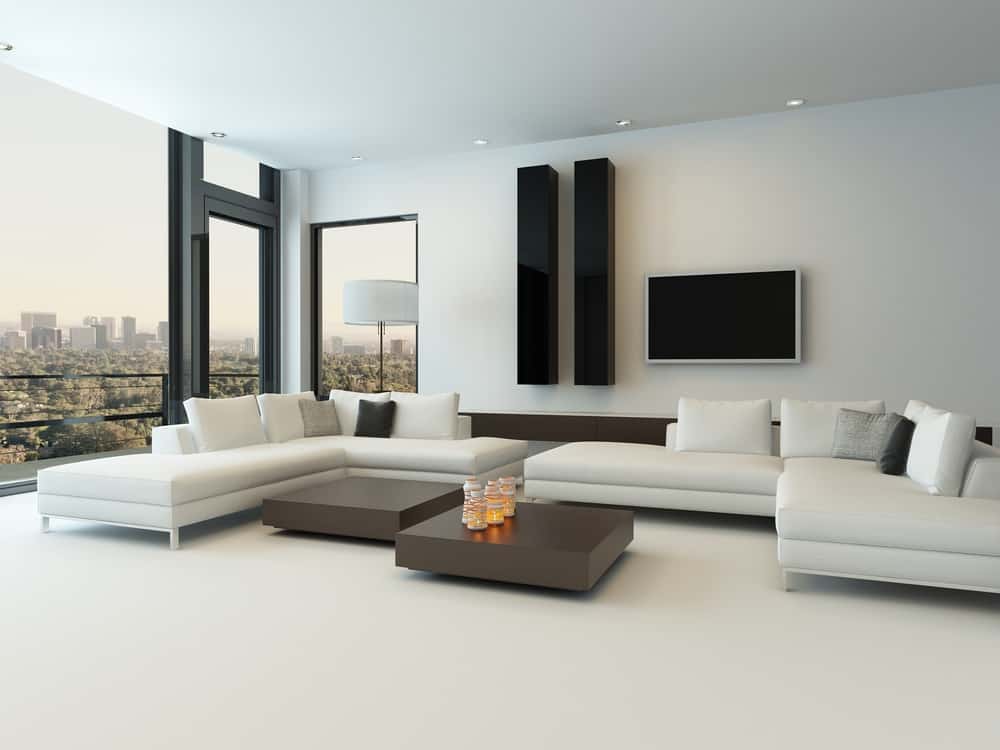
Less is More: Embracing the Power of Subtraction
This is perhaps the most well-known principle of minimalism. It’s not about deprivation, but about intentionality. It’s about carefully curating your belongings, selecting only those items that serve a purpose or bring you joy. Ask yourself: Do I truly need this? Does it add value to my life? If the answer is no, it’s time to let it go.
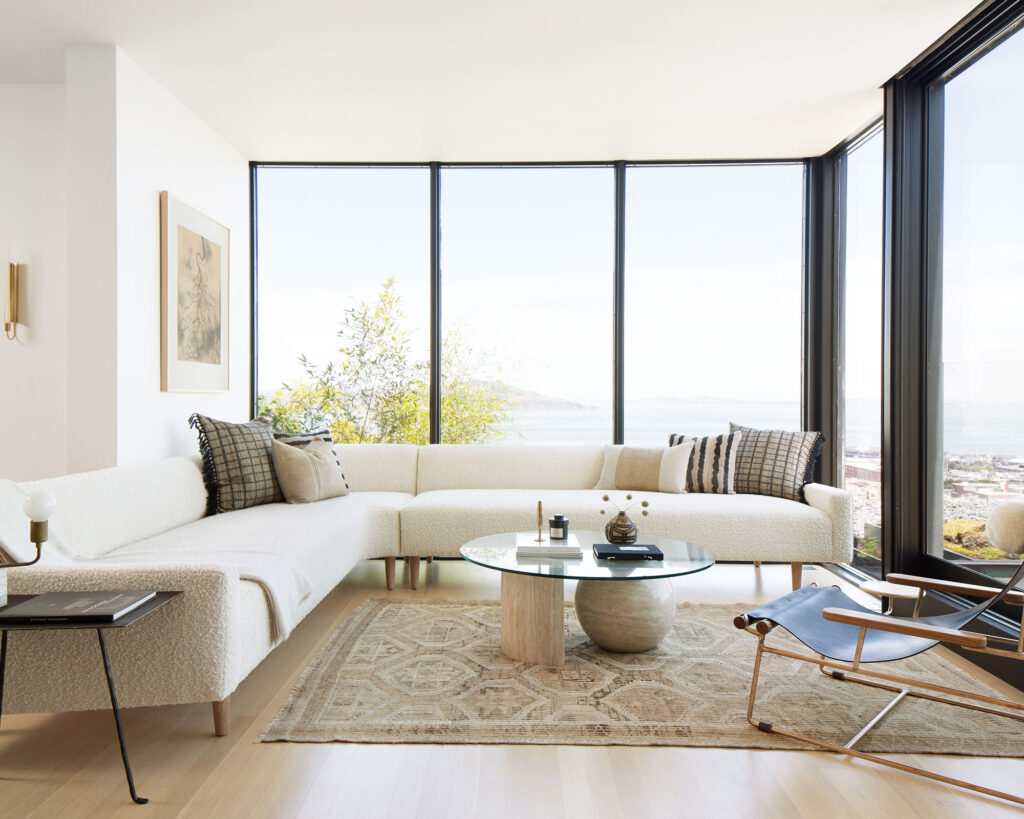
This can be a difficult process, especially if you’re accustomed to accumulating possessions. But the rewards are well worth the effort. By decluttering your space, you declutter your mind. You create a sense of calm and clarity that is often elusive in our cluttered modern lives.
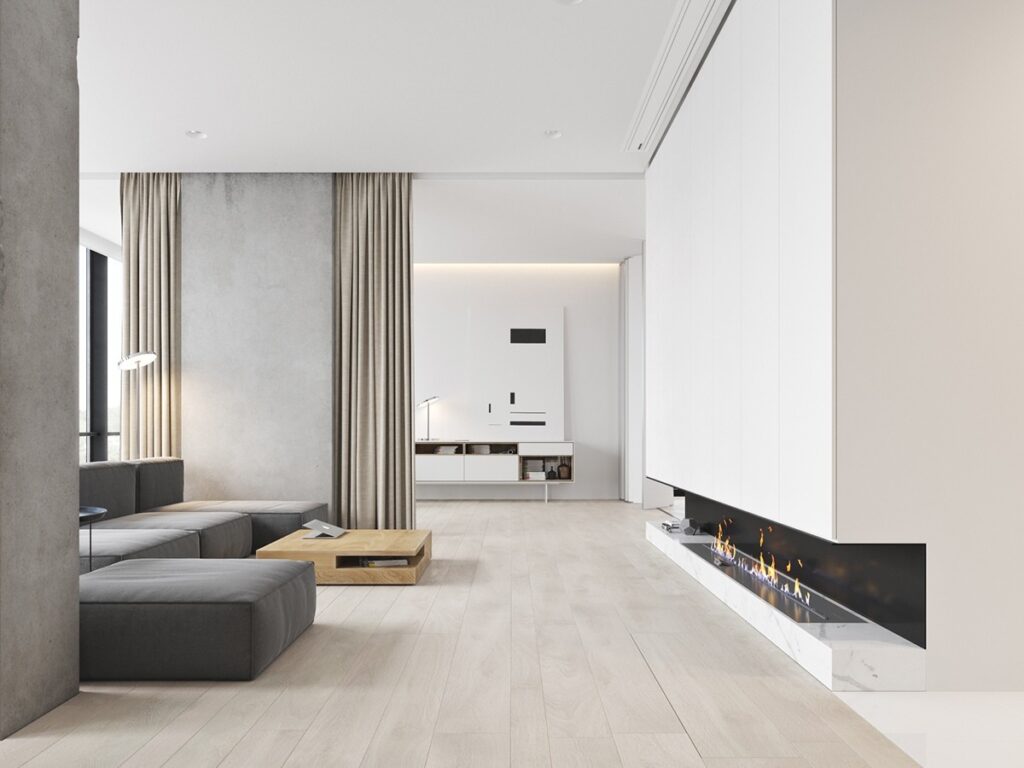
Functionality is Key: Prioritizing Purpose Over Ornamentation
In a minimalist living room, every item should serve a purpose. Ornamentation is kept to a minimum. Furniture should be chosen for its functionality and comfort, not just its aesthetic appeal. This doesn’t mean that minimalist design is devoid of beauty; rather, it means that beauty is derived from the inherent quality and craftsmanship of functional objects.

Consider a sofa with clean lines and comfortable cushions. It’s not adorned with excessive ornamentation, but its simple elegance and comfortable design make it a beautiful and functional centerpiece of the room. Similarly, a well-designed coffee table can provide storage and display space while maintaining a minimalist aesthetic.
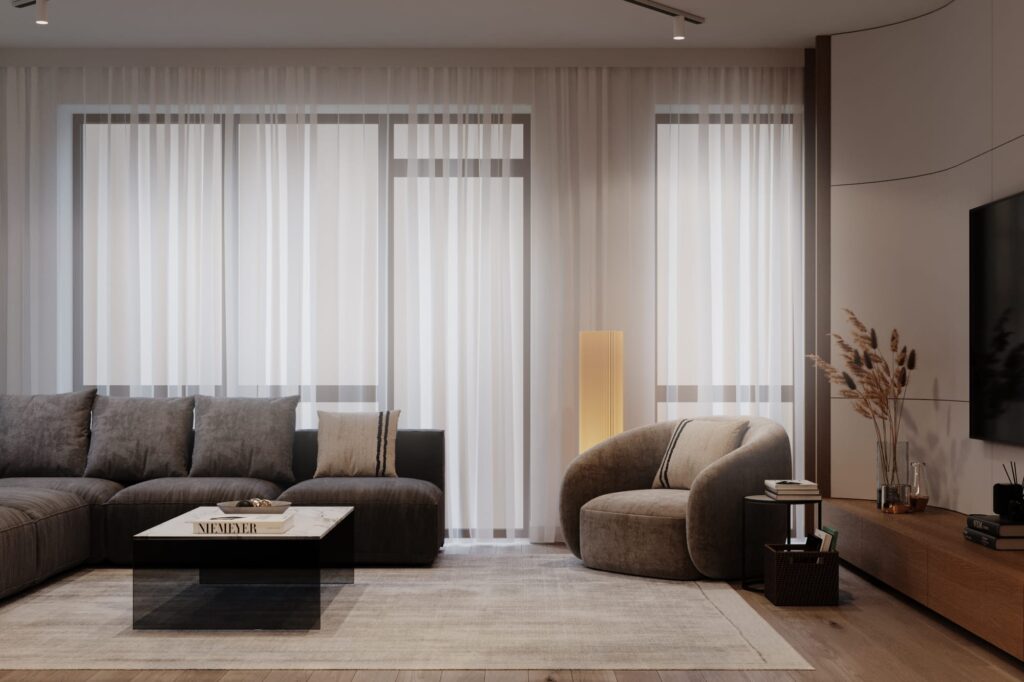
Clean Lines and Simple Shapes: The Language of Minimalism
Minimalist design favors clean lines, simple shapes, and geometric forms. Avoid ornate details and excessive curves. Opt for furniture with straight edges, smooth surfaces, and a sense of understated elegance. This creates a sense of order and harmony in the space.
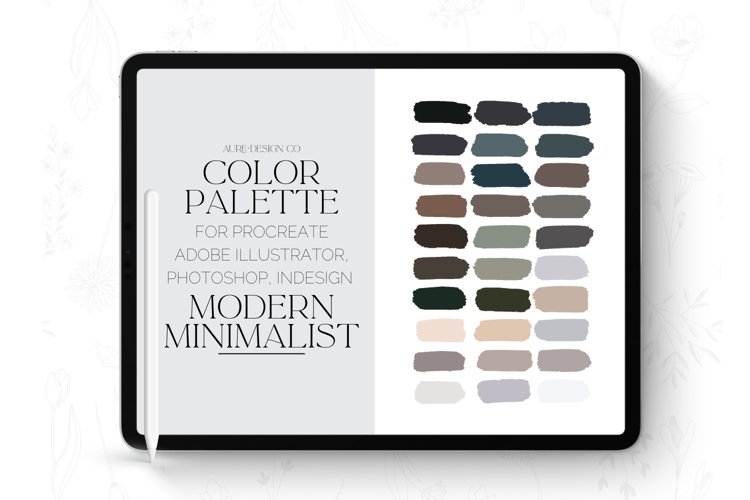
Think of a rectangular coffee table with straight legs, or a sofa with a simple, unadorned silhouette. These are the types of forms that define minimalist design. They are timeless, elegant, and create a sense of visual calm.

Neutral Color Palettes: Creating a Sense of Serenity
Neutral colors are the foundation of minimalist design. Whites, grays, beiges, and creams create a sense of calm and serenity. These colors are also incredibly versatile, providing a blank canvas upon which you can build your design. You can introduce pops of color through artwork, accessories, or plants, but the overall palette should remain neutral.

A monochromatic color scheme, using different shades of the same color, can also be very effective in a minimalist living room. This creates a sense of depth and visual interest without overwhelming the space.

Negative Space: The Art of What Isn’t There
Negative space, also known as white space, is the empty space around and between objects. It’s just as important as the objects themselves in minimalist design. Negative space allows the eye to rest, creating a sense of calm and spaciousness. It also helps to highlight the beauty of the objects that are present.
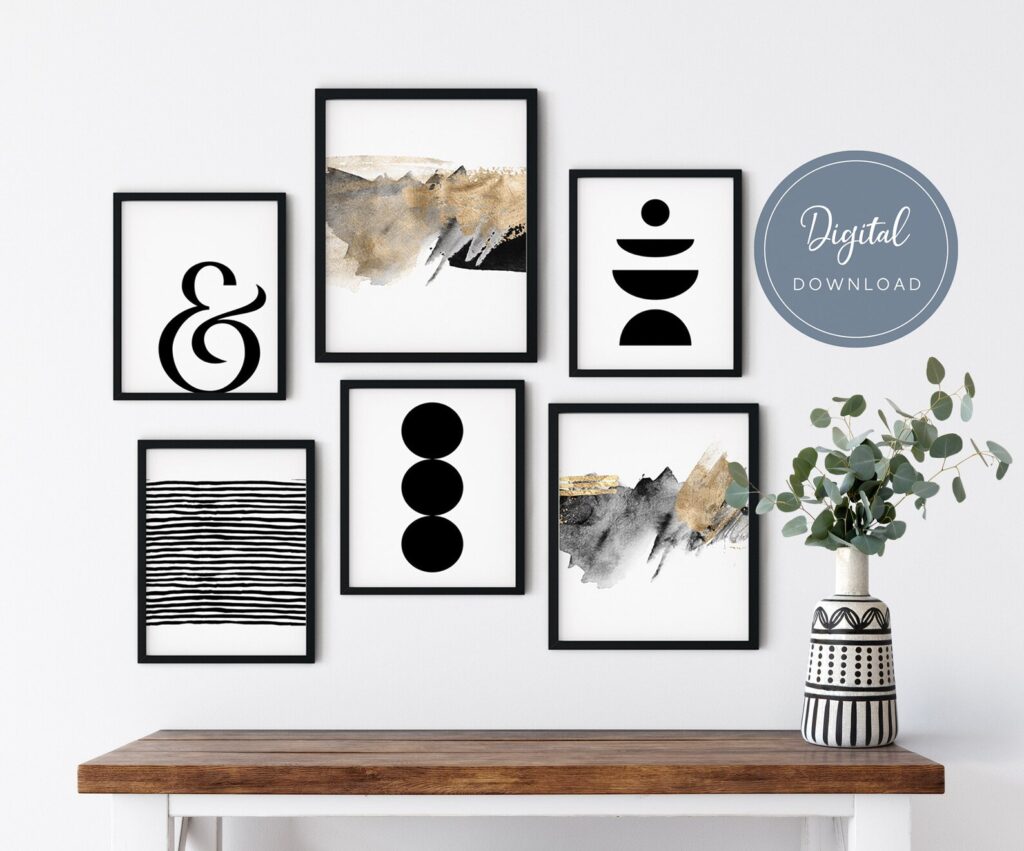
Avoid filling every corner of the room with furniture or accessories. Leave plenty of open space to allow the eye to breathe. This will create a more relaxing and inviting atmosphere.
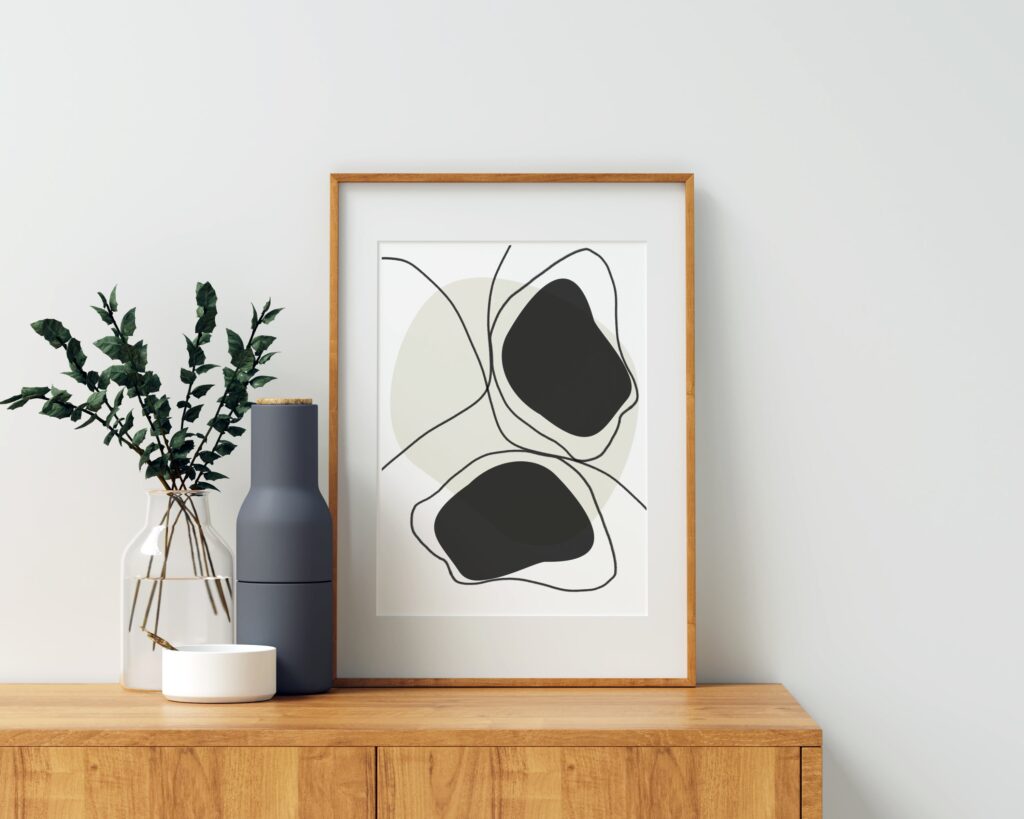
Natural Light: Illuminating Simplicity
Natural light is essential to a minimalist living room. Maximize the amount of natural light entering the room by using sheer curtains or blinds. Avoid heavy drapes that block out the light. Natural light makes the space feel brighter, more open, and more inviting.
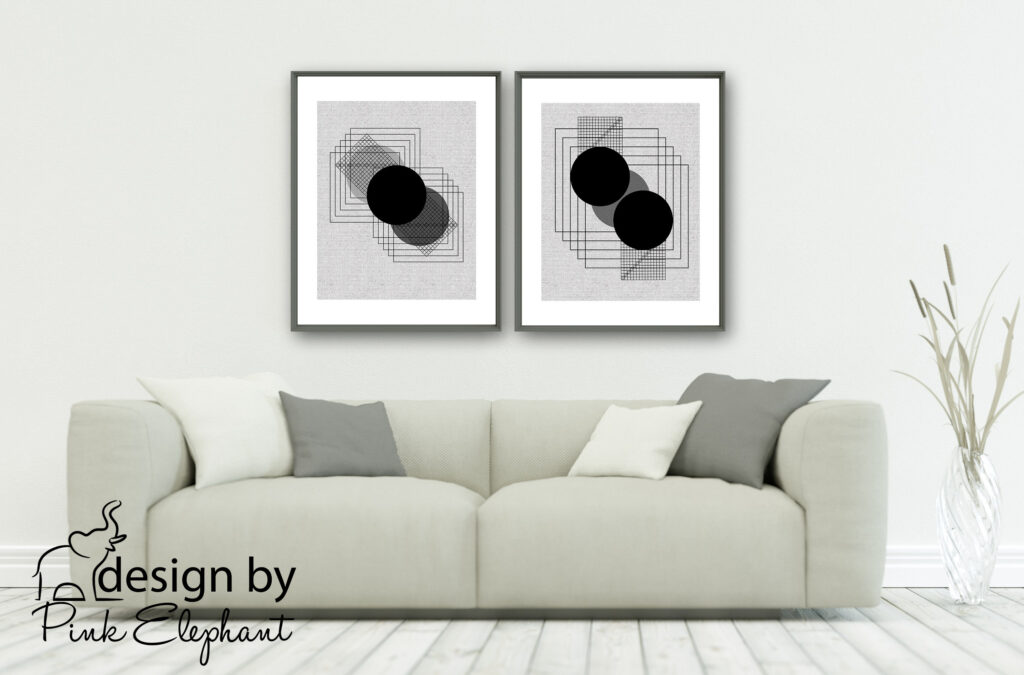
If natural light is limited, supplement it with artificial lighting. Choose lamps with simple designs and warm light bulbs to create a cozy and inviting atmosphere.
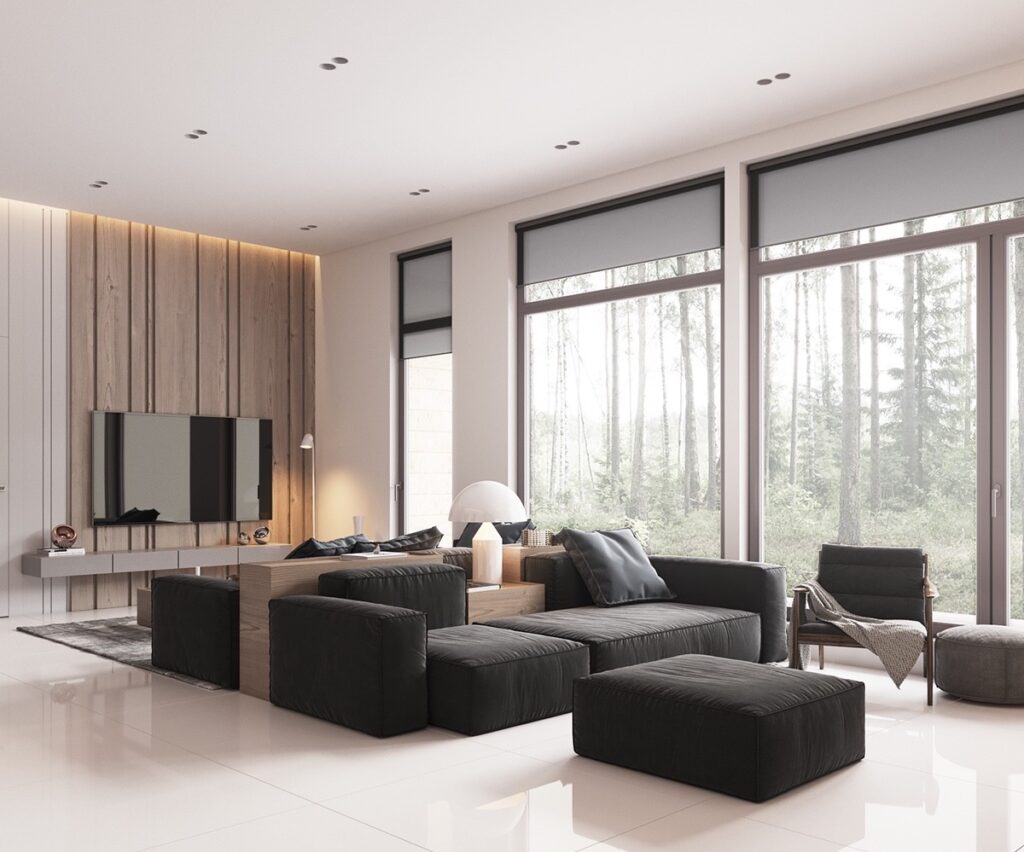
Quality Over Quantity: Investing in Lasting Pieces
In a minimalist living room, it’s better to have a few high-quality pieces of furniture than a lot of cheap, poorly made items. Invest in furniture that is well-crafted, durable, and designed to last. This will not only save you money in the long run but will also contribute to the overall aesthetic of the room.
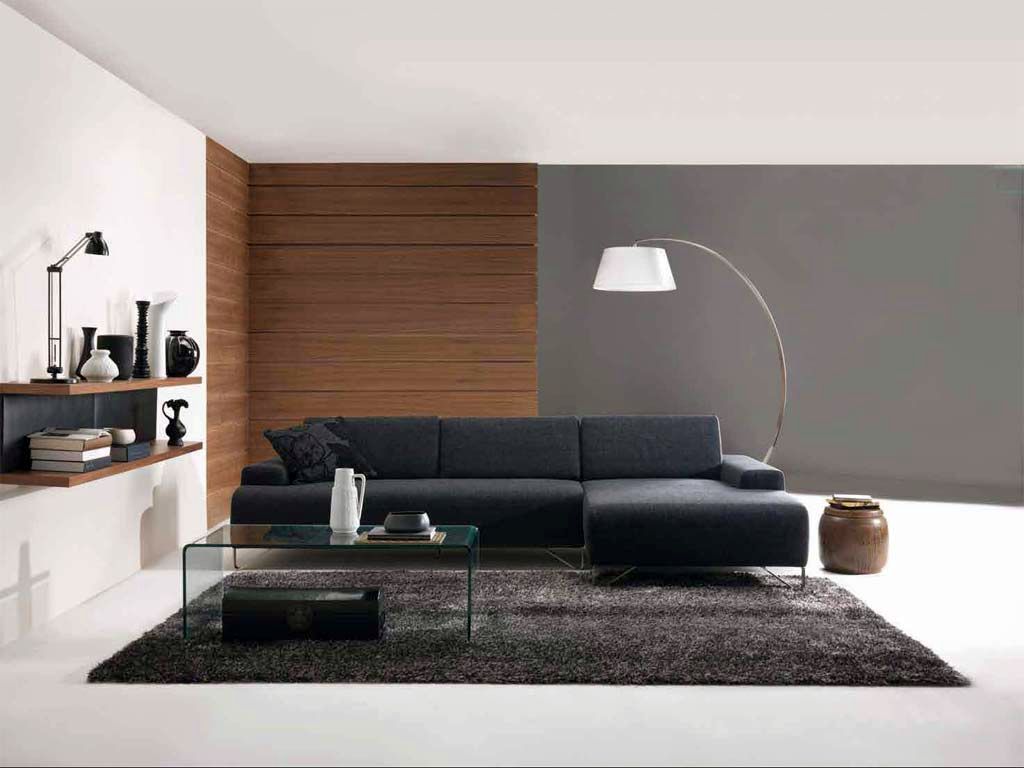
Choose materials that are natural and durable, such as wood, leather, and linen. These materials will add warmth and texture to the space while maintaining a minimalist aesthetic.

Designing Your Modern Minimalist Living Room: A Step-by-Step Guide
Now that we’ve covered the foundational principles of minimalist design, let’s move on to the practical steps of designing your own modern minimalist living room.

Step 1: Declutter and Purge
The first step is to declutter your existing living room. Be ruthless in your assessment of your belongings. Get rid of anything that you don’t need, use, or love. This can be a challenging process, but it’s essential to creating a minimalist space. Consider donating unwanted items to charity or selling them online.
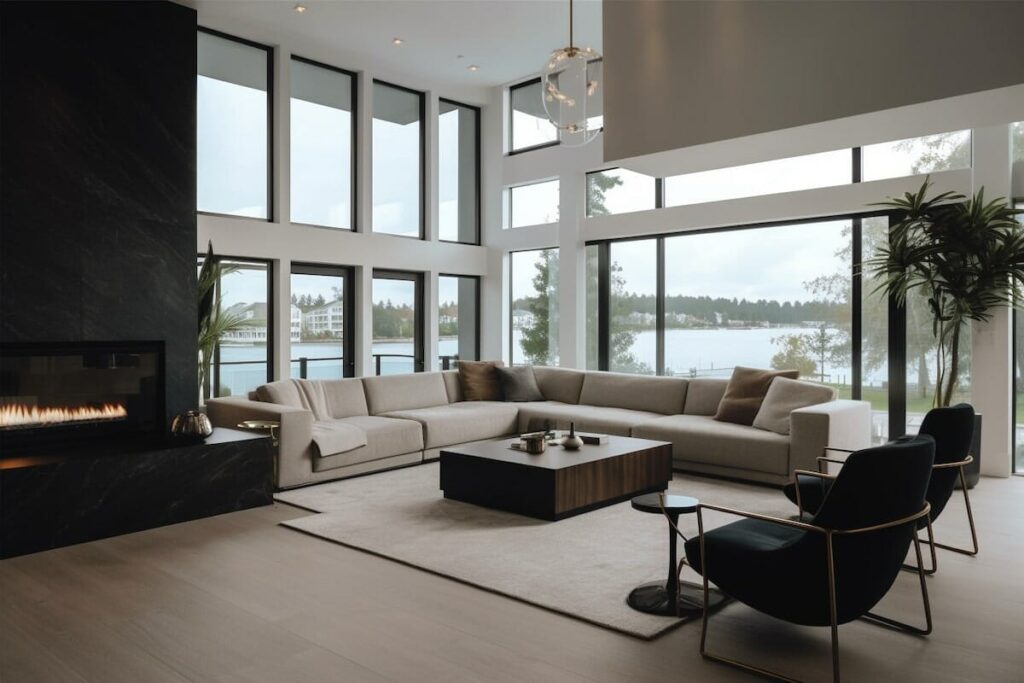
Once you’ve decluttered, organize what remains. Find a place for everything and make sure that everything is in its place. This will help to create a sense of order and calm in the room.
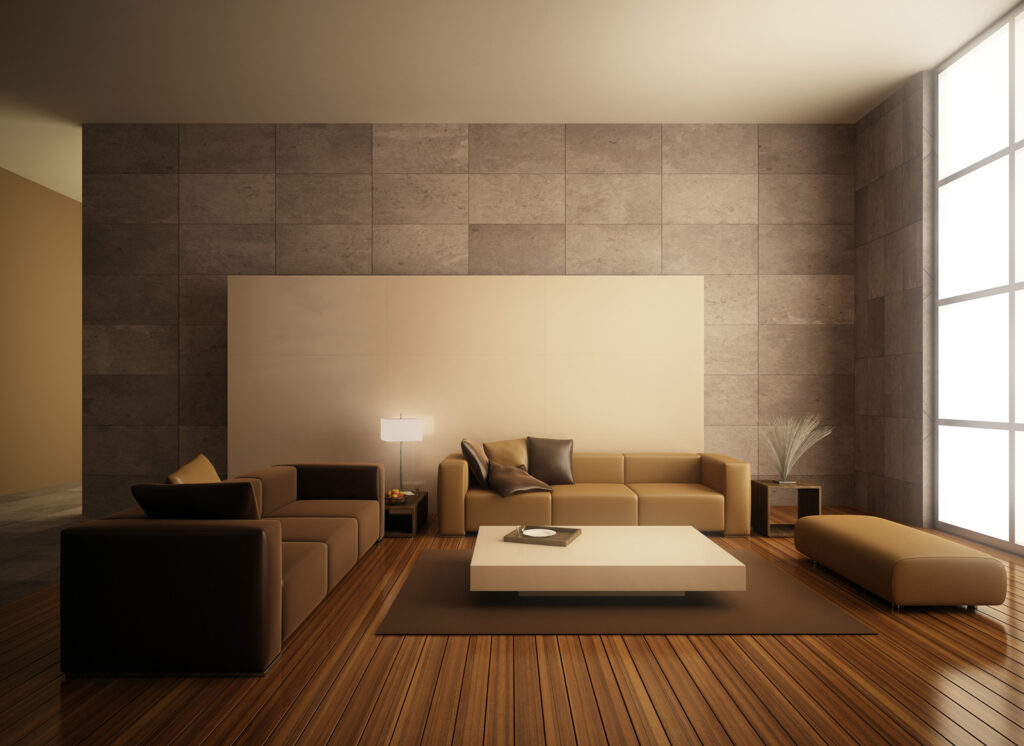
Step 2: Plan Your Layout
Before you start buying new furniture, plan your layout carefully. Consider the flow of traffic through the room and how you want to use the space. Where will you place the sofa? Where will you place the coffee table? Where will you place the TV?
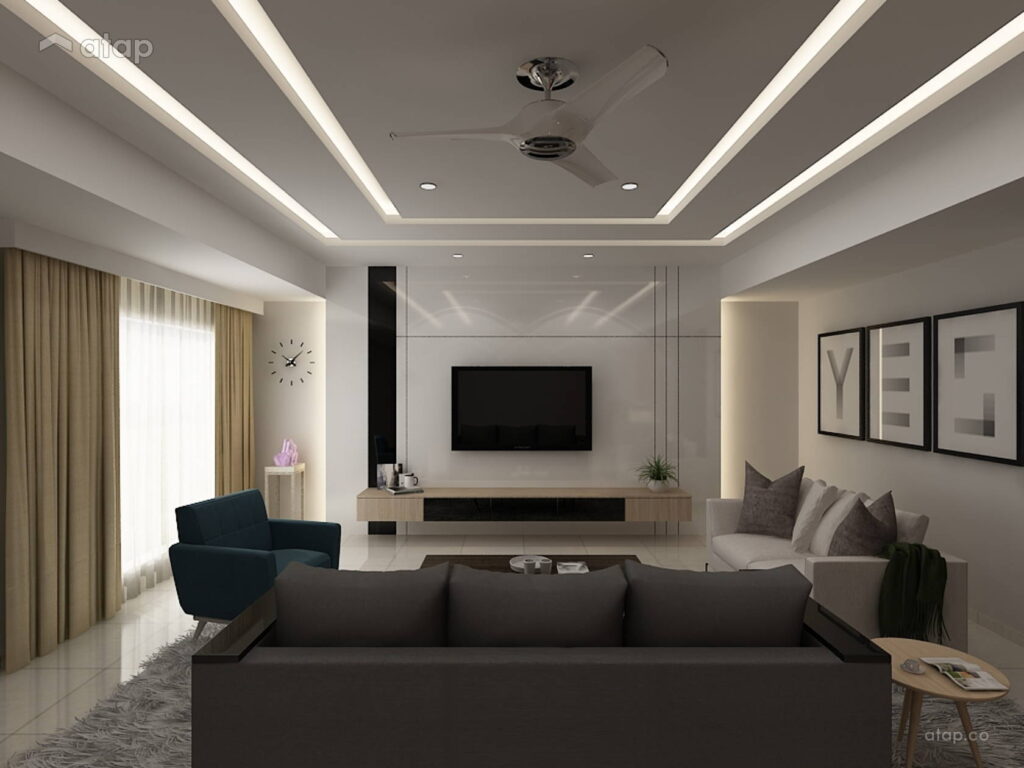
Use graph paper or an online room planner to experiment with different layouts. This will help you to visualize the space and ensure that you have enough room to move around comfortably.
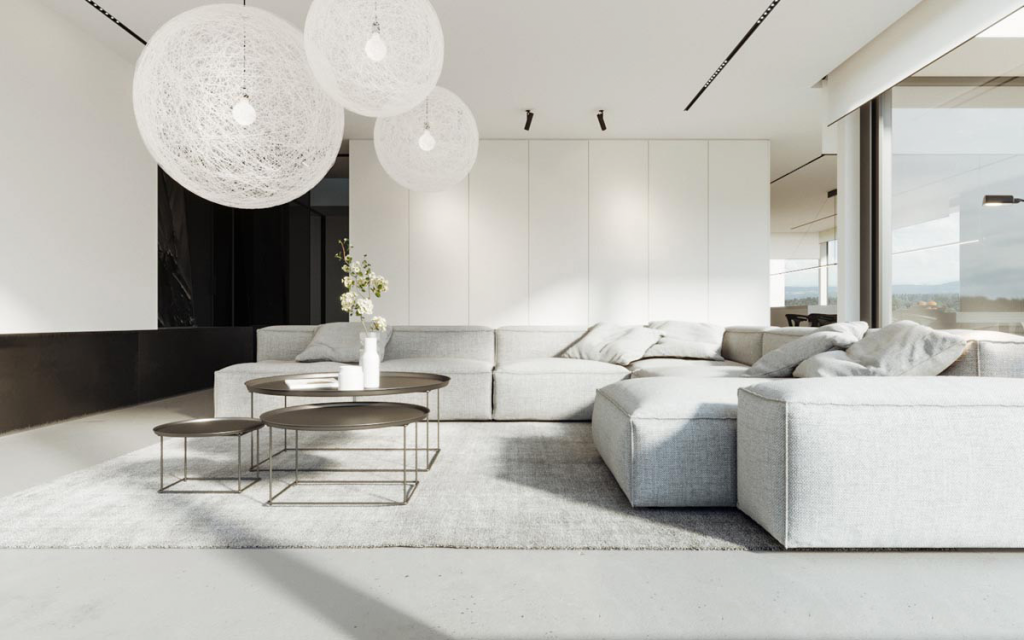
Step 3: Choose Your Furniture
When choosing furniture for your minimalist living room, prioritize functionality, comfort, and simple design. Opt for pieces with clean lines, simple shapes, and neutral colors. Choose furniture that is well-crafted and durable, designed to last for years to come.
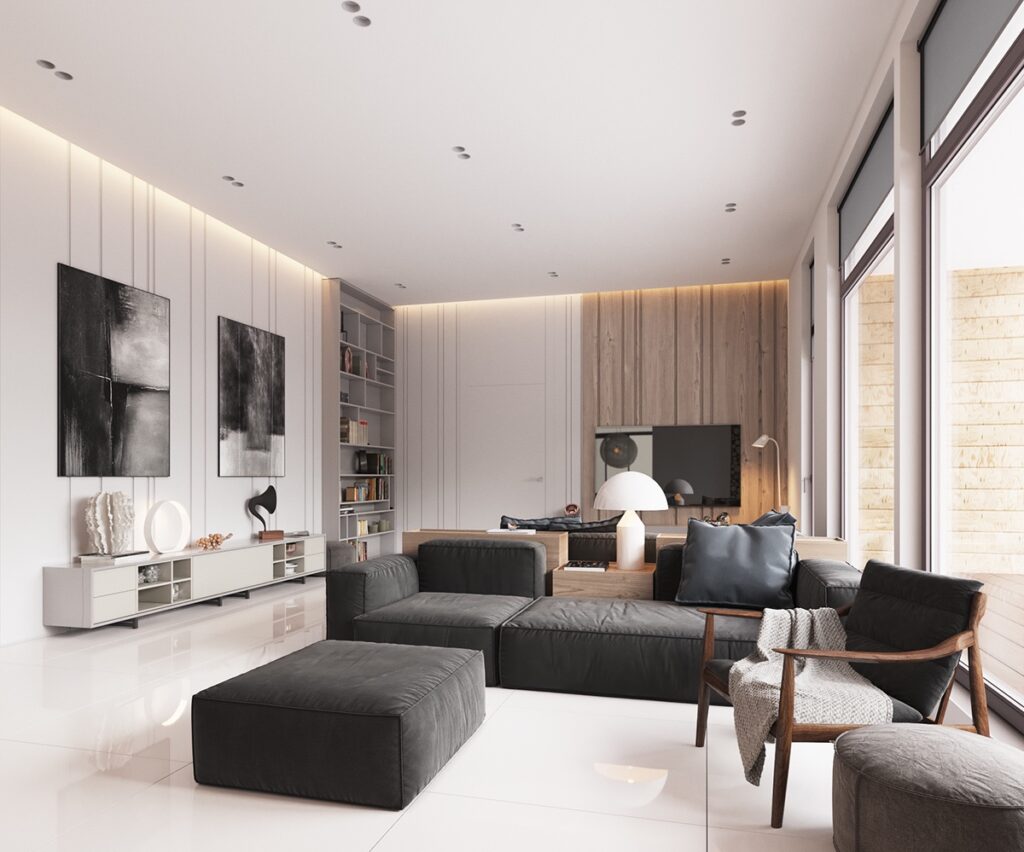
Consider these essential pieces of furniture:
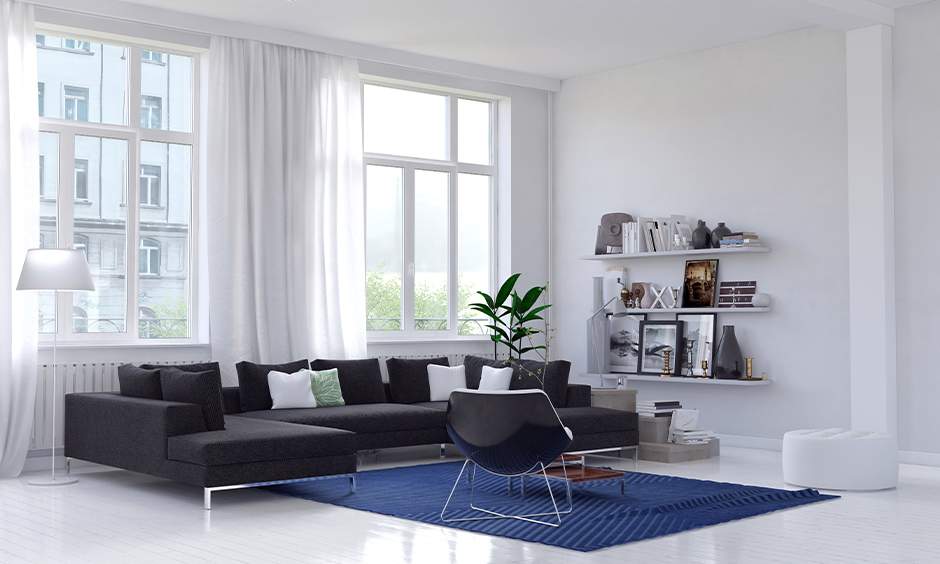
- Sofa: Choose a sofa with clean lines and comfortable cushions. Opt for a neutral color such as gray, beige, or white.
- Coffee Table: Choose a coffee table that is functional and stylish. Consider a coffee table with storage space to help keep the room clutter-free.
- Armchairs: Choose armchairs that are comfortable and complement the sofa. Opt for armchairs with clean lines and neutral colors.
- TV Stand: Choose a TV stand that is simple and functional. Consider a TV stand with storage space to hide cables and media devices.
- Shelving: Choose shelving units that are simple and minimalist. Use shelving to display books, artwork, and other decorative items.
Step 4: Select Your Color Palette
As mentioned earlier, neutral colors are the foundation of minimalist design. Choose a neutral color palette for your living room, such as white, gray, beige, or cream. You can introduce pops of color through artwork, accessories, or plants, but the overall palette should remain neutral.

Consider using a monochromatic color scheme, using different shades of the same color, to create a sense of depth and visual interest.
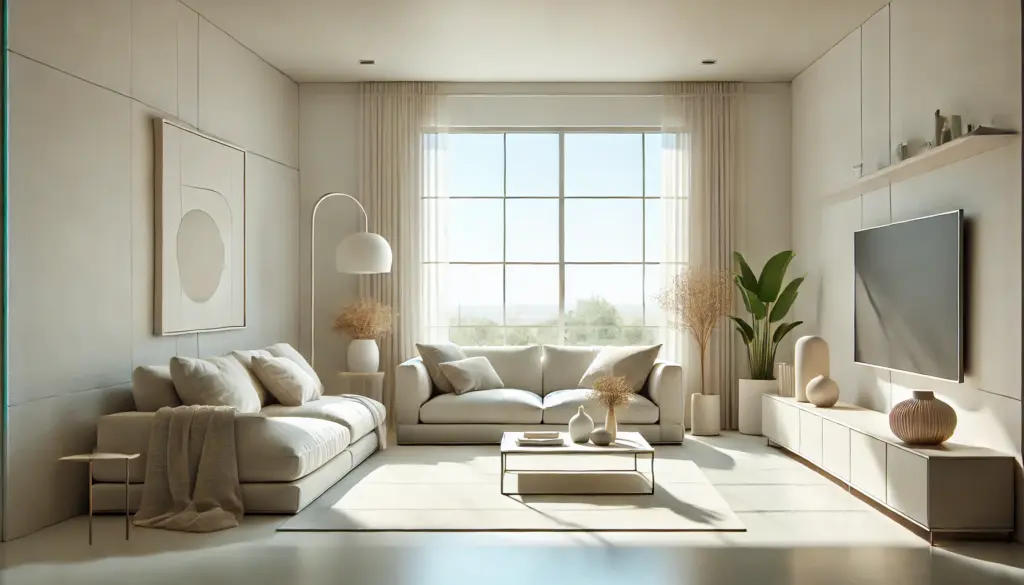
Step 5: Add Accessories Sparingly
In a minimalist living room, accessories should be kept to a minimum. Choose a few carefully selected accessories that add personality and warmth to the space. Consider these options:

- Artwork: Choose artwork that you love and that complements the overall aesthetic of the room.
- Plants: Plants add life and vibrancy to a minimalist living room. Choose plants that are easy to care for and that thrive in indoor environments.
- Rugs: Choose a rug that adds warmth and texture to the space. Opt for a rug with a simple design and a neutral color.
- Throw Pillows: Choose throw pillows that add comfort and style to the sofa and armchairs. Opt for throw pillows with simple designs and neutral colors.
- Lamps: Choose lamps that provide adequate lighting and that complement the overall aesthetic of the room.
Step 6: Maximize Natural Light
Maximize the amount of natural light entering the room by using sheer curtains or blinds. Avoid heavy drapes that block out the light. Natural light makes the space feel brighter, more open, and more inviting. If natural light is limited, supplement it with artificial lighting.
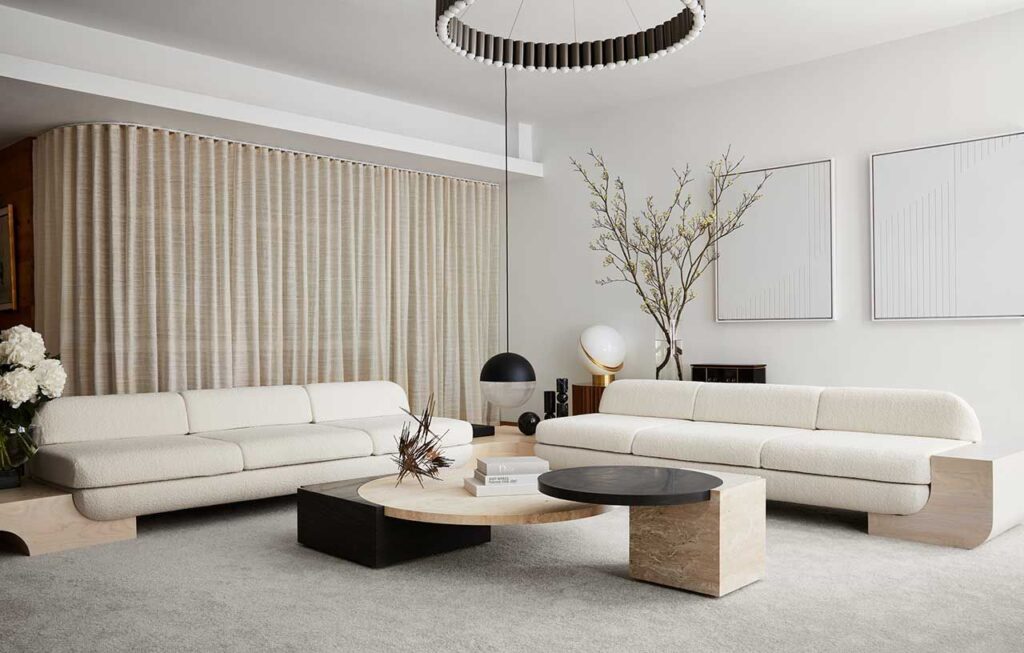
Step 7: Maintain a Clutter-Free Space
Once you’ve designed your minimalist living room, it’s important to maintain a clutter-free space. Make it a habit to declutter regularly and to put things back in their place. This will help to keep the room looking clean, organized, and inviting.

Minimalist Living Room Ideas to Inspire You
Need some inspiration? Here are a few minimalist living room ideas to get you started:
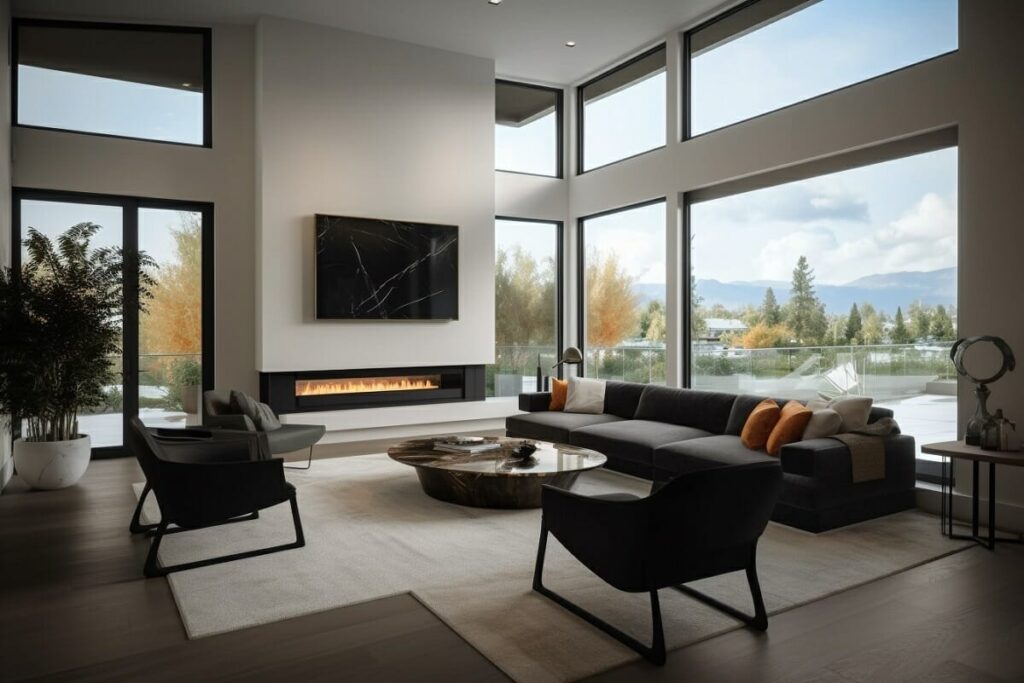
- Scandinavian Minimalism: This style emphasizes natural materials, light colors, and cozy textures. Think light wood furniture, sheepskin rugs, and woven throws.
- Industrial Minimalism: This style combines minimalist principles with industrial elements. Think exposed brick walls, concrete floors, and metal accents.
- Modern Farmhouse Minimalism: This style blends minimalist design with farmhouse charm. Think shiplap walls, rustic wood furniture, and vintage accents.
- Bohemian Minimalism: This style incorporates minimalist principles with bohemian flair. Think natural textures, earthy colors, and globally inspired accents.
- Coastal Minimalism: This style combines minimalist design with coastal elements. Think light and airy colors, natural textures, and nautical accents.
Common Mistakes to Avoid in Minimalist Living Room Design
While minimalist design might seem straightforward, there are common pitfalls to avoid:
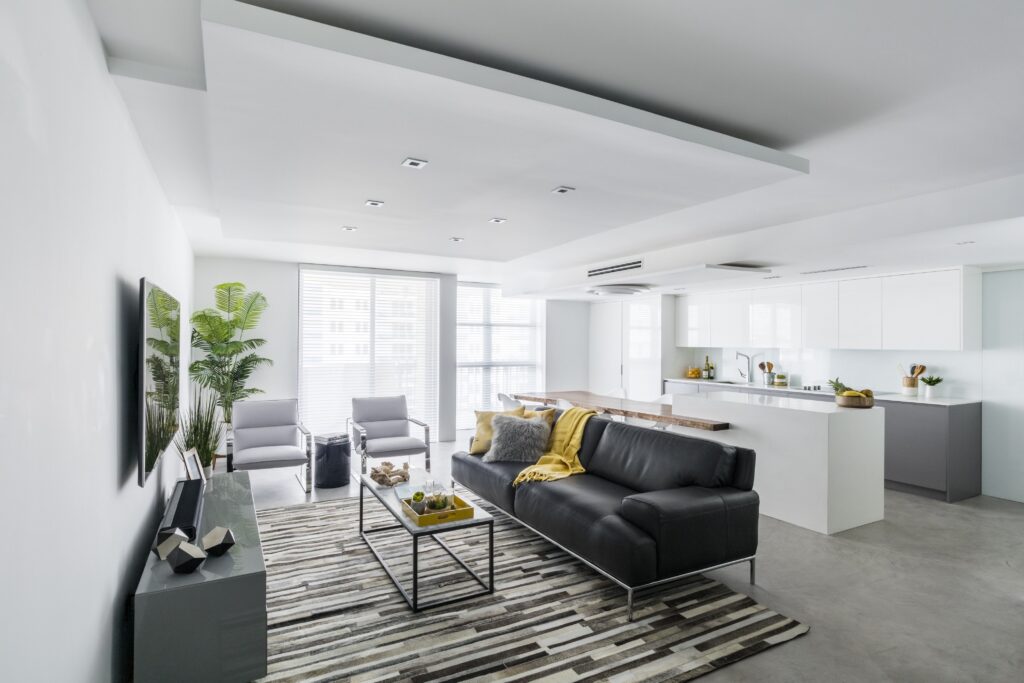
- Too Sterile: A minimalist space shouldn’t feel cold or unwelcoming. Add warmth through textures, plants, and personal touches.
- Lack of Personality: Don’t be afraid to incorporate elements that reflect your personal style. Minimalism isn’t about erasing your identity.
- Poor Functionality: Prioritize functionality over pure aesthetics. A beautiful space is useless if it doesn’t serve your needs.
- Ignoring Storage: Adequate storage is crucial for maintaining a clutter-free space. Invest in hidden storage solutions.
- Overlooking Lighting: Lighting is essential for creating the right ambiance. Layer your lighting with ambient, task, and accent lighting.
The Benefits of a Minimalist Living Room
Beyond its aesthetic appeal, a minimalist living room offers numerous benefits:
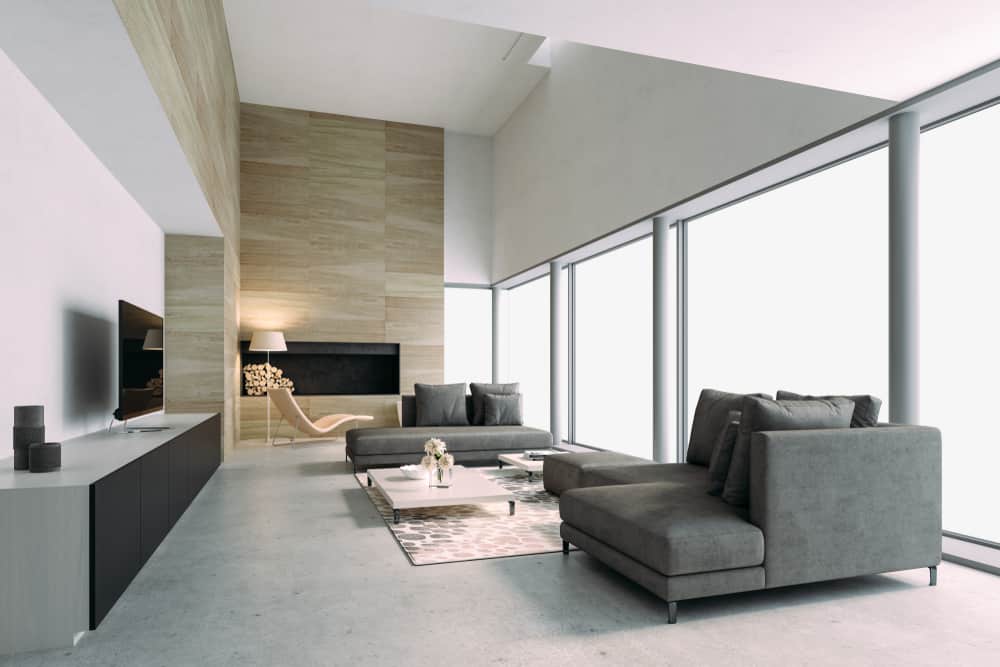
- Reduced Stress: A clutter-free environment promotes a sense of calm and reduces stress levels.
- Improved Focus: A minimalist space minimizes distractions, allowing you to focus more easily.
- Increased Productivity: A clear and organized space can boost productivity and creativity.
- Easier Cleaning: Less clutter means less to clean, saving you time and effort.
- More Time for What Matters: By simplifying your surroundings, you can free up time and energy for the things that truly matter to you.
Conclusion: Embracing a Life of Intention
Creating a modern minimalist living room is more than just a design project; it’s an exercise in intentional living. It’s about creating a space that supports your well-being, reflects your values, and allows you to live a more fulfilling life. By embracing the principles of minimalism, you can transform your living room into a sanctuary of calm, clarity, and beauty. So, take the plunge, declutter your space, and embrace the serenity of minimalist living.

 Nimila
Nimila

